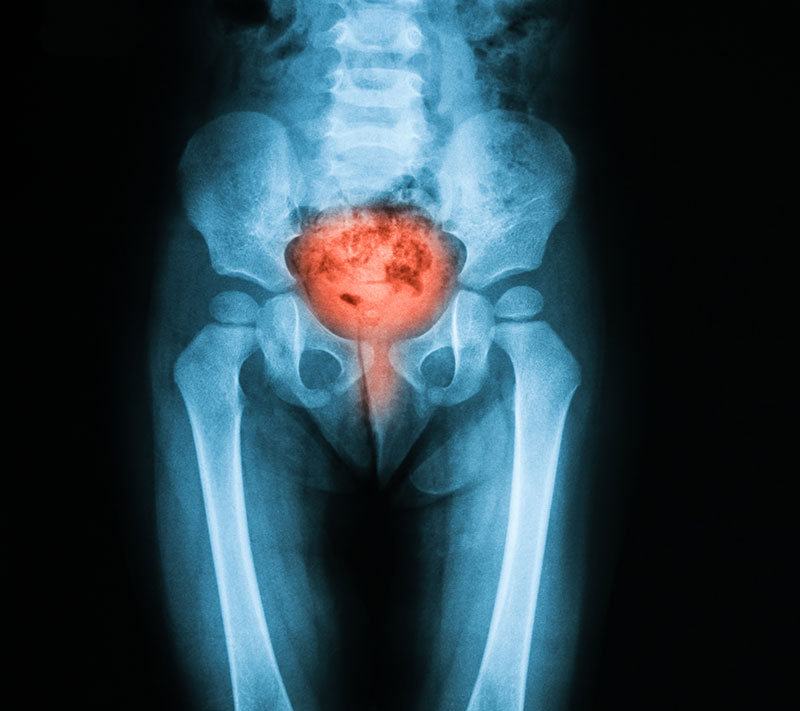|
A pelvic floor disorder or pelvic floor dysfunction is when the ‘bowl’ of muscles in the pelvis and perineum are too weak or too tight. It can affect both men and women and is associated with dysfunction in other local structures, including the hip and lower back, coccyx and other joints of the pelvis itself.
Contributing factors include constipation and other abdominal problems, pregnancy or childbirth, poor posture, or trauma such as a fall onto the coccyx. Some people experience pelvic floor dysfunction simply because they spend too much time sitting at a desk, or from repeated heavy lifting. If you have a pelvic floor disorder, you might feel that you can’t complete a bowel movement, or that you need to have several bowel movements all within a short period. Pelvic floor disorders can also cause pelvic pain and sexual dysfunction. How Physical Therapy Can Help Pelvic disorder results in muscle and connective tissue becoming tight or imbalanced. This reduces blood flow and can makes tissues very sensitive. It can also disrupt local tissue drainage, pelvic organs such as the bladder, and other local joints, nerves and muscles. Fortunately, physical therapy can fix this issue and/or provide relief. A physical therapy session will normally involve:
Physical therapy for pelvic disorders will normally start with connective tissue manipulation. This will make it easier to treat the underlying trigger points. It will increase blood flow to the area and relax the pelvic floor somewhat. A pelvic disorder is not a cookie cutter problem. Treating a pelvic disorder is not as a simple as strengthening a single group of muscles. There is a whole system to consider when it comes to restoring function, improving muscular support, and eliminating pain. You need a physical therapist who has the expertise to give you the individual examination and analysis that your problem requires. We will also take your diet into consideration. By improving your dietary habits, you can achieve optimal organ function. Here at Staszak Physical Therapy & Wellness Center, we are dedicated to returning you to full health. You can trust us to give you the individual attention required to get to the root of any problem and the advice to prevent it from occurring again. If you are suffering with a pelvic floor disorder, you can get in touch with us for a consultation. We won’t only recommend our therapies, but we will also make sure you receive the proper education required to take care of yourself going forward. For more information about how we can help with pelvic floor disorders, please give us a call at 541-505-8180. Our physical therapy office is located in downtown Eugene at the corner of West 11th Avenue and Ferry Street.
1 Comment
At Patterson Physical Therapy & Wellness Center our therapists take pride in treating patients who have otherwise struggled to achieve improvement with their complex conditions. One of those conditions is pelvic floor dysfunction resulting from having an asymmetrically balanced pelvis.
We can help patients with hard to treat pelvic floor disorders such as:
Treatment consists of a non-invasive holistic biomechanical approach that looks at position of the pelvis and muscle imbalances that may be surrounding the pelvis. An extensive evaluation, which includes only external testing, is performed on the first visit. The patient’s treatment program is then developed based on the test results specifically for their problem. All exercises are based on current pelvic floor research. Home exercises are given for the patient to continue to work on the repositioning of their pelvis and the retraining of the pelvic musculature of the pelvic inlet and outlet. Once that has occurred, the patient is ready to continue with recommended Pilates based exercise programs to continue their health and wellness journey to overall increased strength. Since the pelvic floor muscles in your pelvis go around your urethra, vagina and rectum, we need exercises that teach the body a motion of lifting up and in, not pushing down. Pilates aids in specific exercises that can be used in a home-based program for CORE conditioning. Learn how to incorporate a holistic approach to incontinence and how to help yourself through a Pilates-based practice.
|
Our BlogRead here for more information about our practice, industry news, tips for taking care of your body, and great recipes for healthy living. Categories
All
|


 RSS Feed
RSS Feed